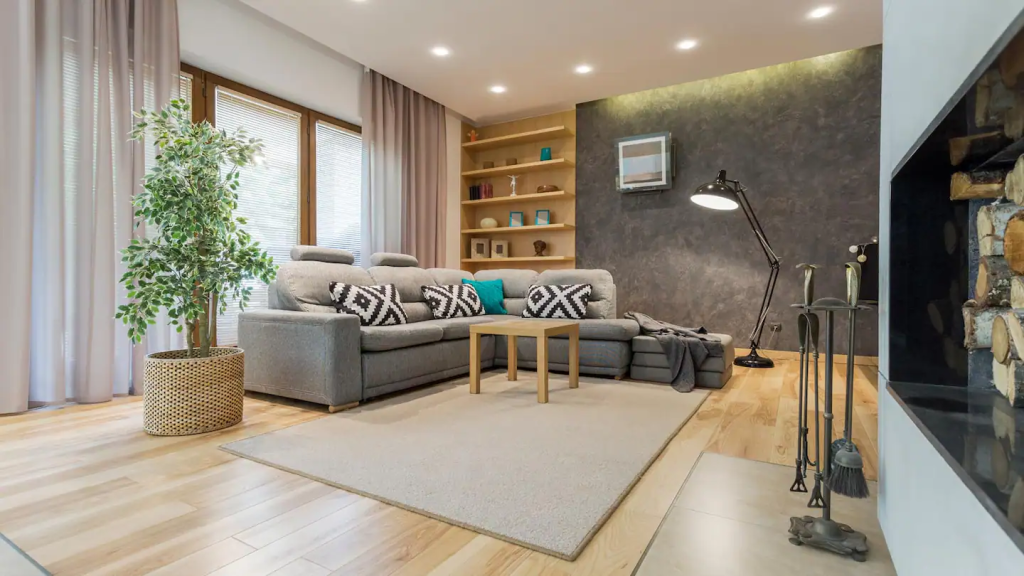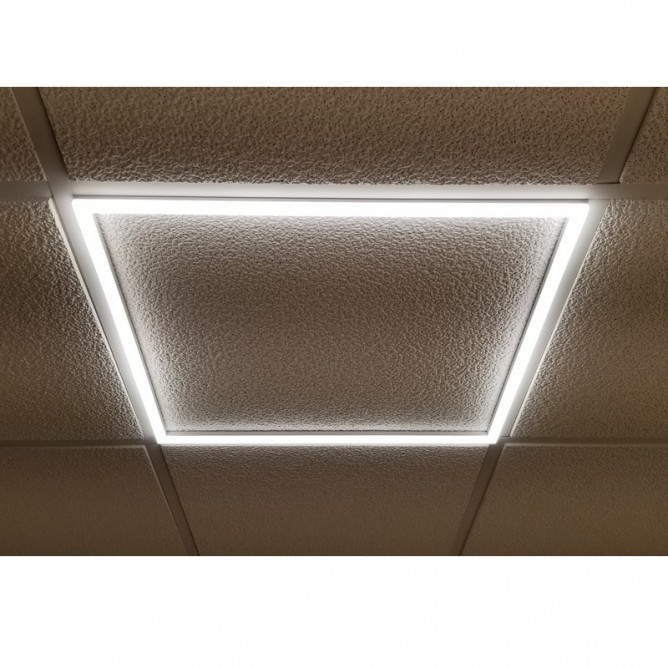When it comes to creating a well-lit and inviting environment, choosing the best lights for drop ceiling can make all the difference. Whether you’re outfitting an office, home, or retail space, drop ceilings—also known as suspended ceilings—offer flexibility and aesthetic appeal. However, selecting the right lighting solution is essential for enhancing both functionality and ambiance.

This guide explores the top options for drop ceiling lights, key considerations when choosing them, and tips for installation and maintenance to ensure you achieve the best results.
Why Choose Drop Ceiling Lighting?
Drop ceilings are common in both commercial and residential spaces due to their ability to hide ductwork, pipes, and wiring. Incorporating the right lighting into these ceilings provides several benefits:
- Aesthetic Appeal: Create a sleek, modern look with seamless fixtures.
- Customizable Illumination: Adapt lighting to meet specific room needs.
- Energy Efficiency: Many drop ceiling lights are designed with LED technology, reducing energy consumption.
- Easy Installation: Drop ceiling lights often integrate effortlessly with existing ceiling grids.
Best Lights For Drop Ceiling: What Are Your Options?
There are several types of lighting options available for drop ceilings. Understanding their differences can help you make an informed decision:
1. LED Panel Lights
LED panel lights are a popular choice for drop ceilings due to their slim profile and even light distribution.
- Features:
- Energy-efficient.
- Long lifespan (up to 50,000 hours).
- Dimmable options available.
- Best For: Offices, schools, and modern residential spaces.
Read too: Bathroom Flooded Through the Ceiling: A Comprehensive Guide
2. Troffer Lights
Troffer lights are rectangular or square fixtures that fit directly into the ceiling grid.
- Features:
- Bright and uniform illumination.
- Available in fluorescent and LED versions.
- Best For: Large commercial spaces like warehouses and retail stores.
3. Recessed Lighting
Recessed or can lights are installed within the ceiling tiles, providing a clean and minimalist appearance.
- Features:
- Adjustable beam angles.
- Can be paired with decorative trims.
- Best For: Kitchens, bathrooms, and conference rooms.
4. Surface-Mounted Fixtures
These fixtures attach directly to the ceiling grid and are available in various styles.
- Features:
- Simple installation.
- Wide range of designs.
- Best For: Spaces requiring decorative lighting, such as lobbies and dining rooms.
5. Pendant Lights
Pendant lights hang below the ceiling, offering both functionality and decorative appeal.
- Features:
- Stylish and customizable.
- Can be used as task or accent lighting.
- Best For: Residential spaces, restaurants, and retail environments.
How to Choose the Best Lights for Drop Ceiling
Selecting the best lights for drop ceiling installations involves considering factors like functionality, design, and efficiency. Here’s what to keep in mind:
1. Room Purpose
The intended use of the room significantly impacts the lighting choice.
- Offices and Workspaces: Opt for bright, evenly distributed lights like LED panels or troffers.
- Living Rooms and Bedrooms: Use recessed or pendant lights for a cozy atmosphere.
- Retail Spaces: Highlight products with adjustable track lighting or pendant lights.
2. Energy Efficiency
LED lights are the most energy-efficient option. They use significantly less electricity compared to traditional incandescent or fluorescent bulbs and last much longer.
3. Color Temperature
The color temperature of lighting affects the mood of the space:
- Warm White (2700–3000K): Ideal for relaxing areas like living rooms.
- Cool White (3500–4100K): Perfect for kitchens and workspaces.
- Daylight (5000–6500K): Suitable for task-oriented environments like offices.
4. Dimming Capabilities
Dimmable lights allow you to adjust brightness levels, making them a versatile choice for multipurpose spaces.
5. Compatibility with Drop Ceiling Grids
Ensure that the chosen lights are designed to fit standard drop ceiling grid sizes (typically 2×2 or 2×4 feet).
Installation Tips for Drop Ceiling Lights
Proper installation is crucial for ensuring the functionality and safety of your drop ceiling lights.
Step 1: Plan Your Layout
Determine the number of lights needed based on room size and layout. Place fixtures evenly to avoid dark spots.
Step 2: Prepare the Ceiling Grid
Remove the necessary tiles to accommodate the lighting fixtures.
Step 3: Install the Lights
- For LED panels or troffers, fit them directly into the grid.
- For recessed lights, cut holes in the tiles and secure the lights with clips.
- For pendant lights, attach them to the ceiling framework.
Step 4: Connect Wiring
Follow the manufacturer’s instructions to connect the lights to the electrical supply. Consider hiring a licensed electrician for safety.
Step 5: Test the Lights
Once installed, turn on the lights to ensure proper operation and alignment.
Maintenance and Upkeep
Keeping your drop ceiling lights in good condition is essential for consistent performance:
- Clean Regularly: Dust fixtures with a microfiber cloth to maintain brightness.
- Replace Bulbs Promptly: Replace burned-out bulbs to ensure even illumination.
- Check for Damage: Inspect for signs of wear, such as flickering or dimming, and address issues immediately.
- Upgrade When Needed: Consider replacing outdated fixtures with modern, energy-efficient LED lights.
Advantages of Choosing the Best Lights for Drop Ceiling
Investing in high-quality drop ceiling lights offers numerous benefits:
- Energy Savings: Reduce electricity bills with efficient LED options.
- Aesthetic Flexibility: Choose from a variety of designs to match your interior style.
- Improved Productivity: Proper lighting enhances focus and reduces eye strain.
- Enhanced Ambiance: Create a welcoming atmosphere with the right lighting color and brightness.
Popular Brands for Drop Ceiling Lights
1. Lithonia Lighting
- Known for energy-efficient LED panels and troffer lights.
- Ideal for commercial and residential use.
2. Philips Hue
- Offers smart lighting solutions with customizable colors and brightness.
- Great for modern homes.
3. Sunco Lighting
- Specializes in affordable, high-quality recessed and LED lighting.
- Perfect for budget-conscious buyers.
4. GE Lighting
- Renowned for durable and versatile lighting products.
- Suitable for various applications.
Conclusion
Selecting the best lights for drop ceiling is more than just a functional decision; it’s an opportunity to enhance the aesthetics and usability of your space. Whether you prefer the sleek design of LED panels, the practicality of troffer lights, or the decorative appeal of pendant lighting, the right choice will transform your room into a well-lit haven.
By understanding your lighting needs, exploring available options, and following installation and maintenance tips, you’ll ensure that your drop ceiling lights deliver exceptional performance and style for years to come.







